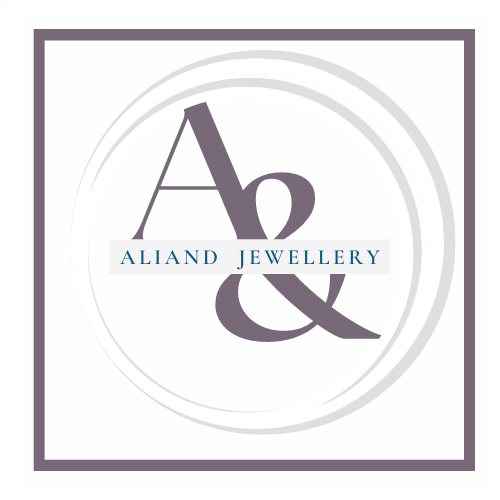Both of these designs started with the main attractions - either gemstones or fossils.
I was lucky enough to get some rough-hewn labradorite cabochons with a

range of colours from blues and greens through to copper. In particular the two largest cabochons have added interest of an uneven surface which affects the way the iridescence of the gem is expressed.These gems need to take centre stage and the design unfolded as I worked with them.
I used seed beads to bezel set the cabochons and introduced Soutache cord to enhance the Labradorites and offer both a literal and visual link between the gems. For this design I had started by playing with the shapes to see how they would work together and worked from there without an initial sketch adding seed beads, pearls and other gems




 mains of a marine mollusc which died out at the same extinction event which saw the end of the dinosaurs - 65 million years ago. Staying with the theme of fossils I also used a square cabochon of Agatised Colus from Madagascar - a sort of sea snail which was extant 200 million years ago (on the right in the picture below). I was intending to include a small fossil of dinosaur bones (small white and brown cabachon in the picture below) but couldn't find a sympathetic way to use it in this design. The last addition to the piece was a bit of a cheat. The elongated oval on the left of the picture is actually a Pseudofossil. the patterning looks as though it may be the fossilised fronds of a plant but they are actually dendrites - mineral deposits
mains of a marine mollusc which died out at the same extinction event which saw the end of the dinosaurs - 65 million years ago. Staying with the theme of fossils I also used a square cabochon of Agatised Colus from Madagascar - a sort of sea snail which was extant 200 million years ago (on the right in the picture below). I was intending to include a small fossil of dinosaur bones (small white and brown cabachon in the picture below) but couldn't find a sympathetic way to use it in this design. The last addition to the piece was a bit of a cheat. The elongated oval on the left of the picture is actually a Pseudofossil. the patterning looks as though it may be the fossilised fronds of a plant but they are actually dendrites - mineral deposits in this case into limestone. na
in this case into limestone. na


